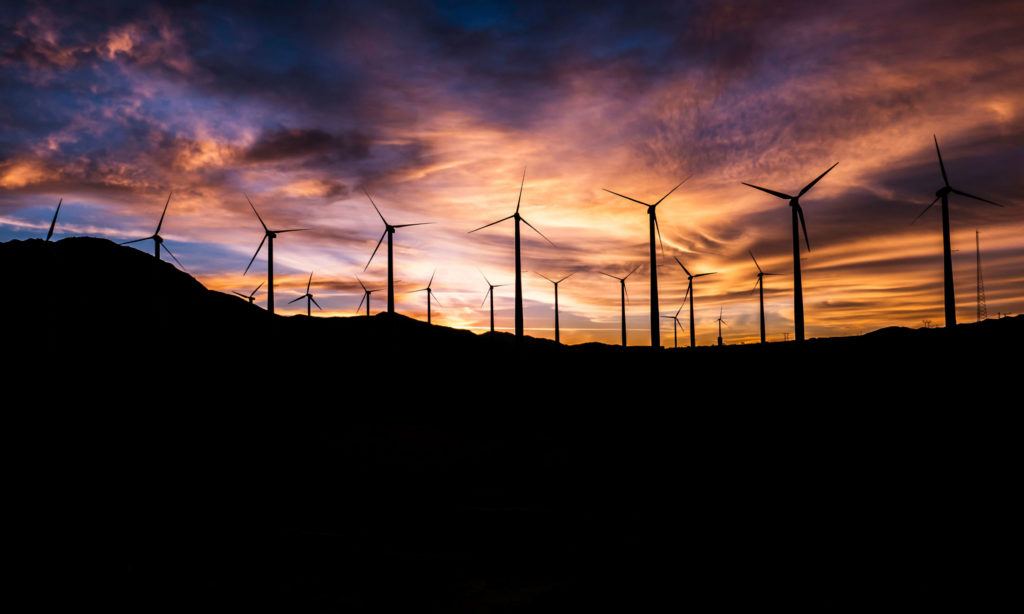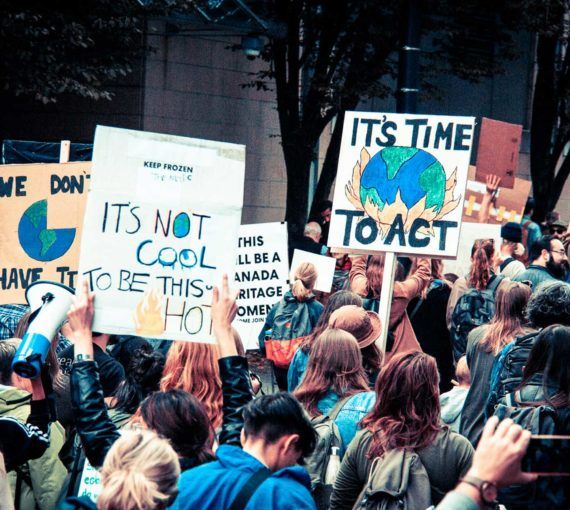What is a carbon offset?
A carbon offset is a credit for emissions reductions given to one party that can be sold to another party to compensate for its emissions. Carbon offsets are typically measured in tonnes of CO2-equivalents and are bought and sold through international brokers, online retailers and trading platforms.
Buying offsets helps individuals take into account the environmental costs of air travel. The price per tonne of offsets, however, is far below the estimated costs of damage that a tonne of carbon pollution will cause via global warming and ocean acidification. Although carbon offsets are good for when you do fly, it is better to stop flying altogether, or if you must fly, do so only when necessary and stay longer.
What kind of offsets should I buy?
If you must fly, it’s important to consider offset programs that don’t go to “business as usual” projects. It’s best to support projects that wouldn’t have happened without the extra funding from offset sales. If emissions reductions are required by government policy in a particular sector, a project to reduce them should not count as an offset.
A good way to ensure that your offset purchase is making a positive contribution to the climate is to purchase offsets that meet recognized standards.




